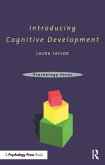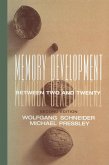Tracing back the evolution of the concept of working memory from its introduction by Alan Baddeley and Graham Hitch in 1974 and the development of their 'modal model', this book will explain how an alternative concept could have been developed from the very beginning and why it is needed today. The authors present the main tenants of their Time-Based Resource-Sharing model and the empirical findings that support it. They propose a new architecture of working memory, providing a description of its functioning and providing hints about the neural substrates involved. They also address questions related to the development of working memory and sources of individual differences. In the final chapter, they discuss hotly debated questions concerning working memory and more generally cognitive architecture and functioning.








